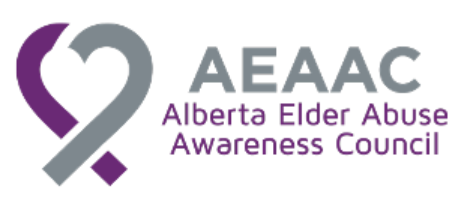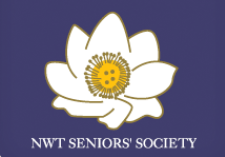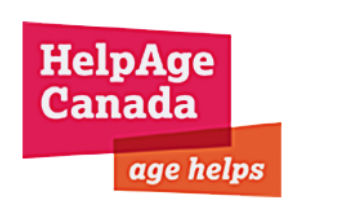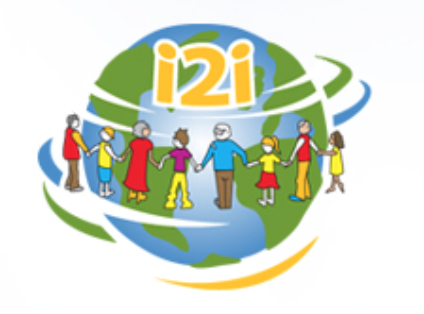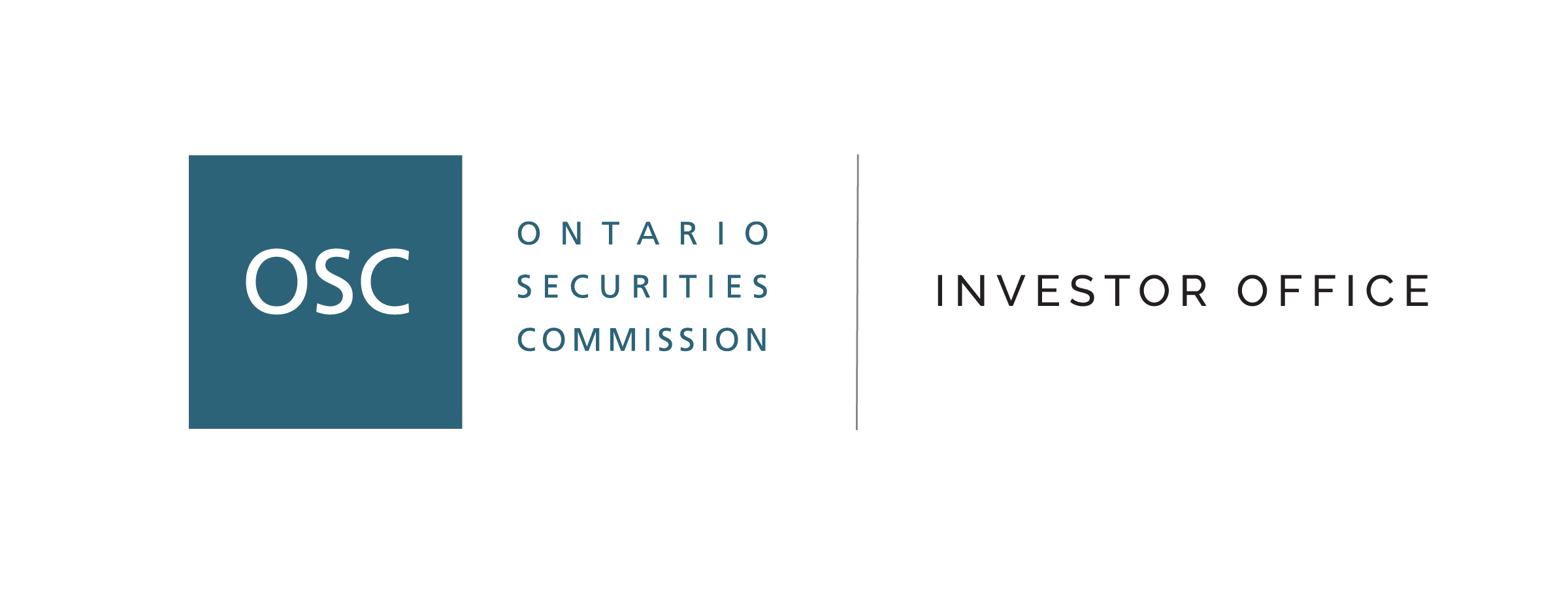- Details
- Published: 20 February 2020
Welcome to the second installment of our Anniversary blog series!
We continue our oral history of the Network by bringing together Raeann Rideout, Pat Power, and Kathy Majowski. Raeann and Pat were co-Chairs of CNPEA for many years and led the Knowledge-Sharing Project, which resulted in the creation of this very website. Kathy Majowski has been the Chair of CNPEA since 2017. Together they explore the landmarks of the network and of the Hub, share personal experiences, and consider the challenges to come.This conversation has been edited for conciseness.
To read our first installment, The Newfoundland Perspective, click here
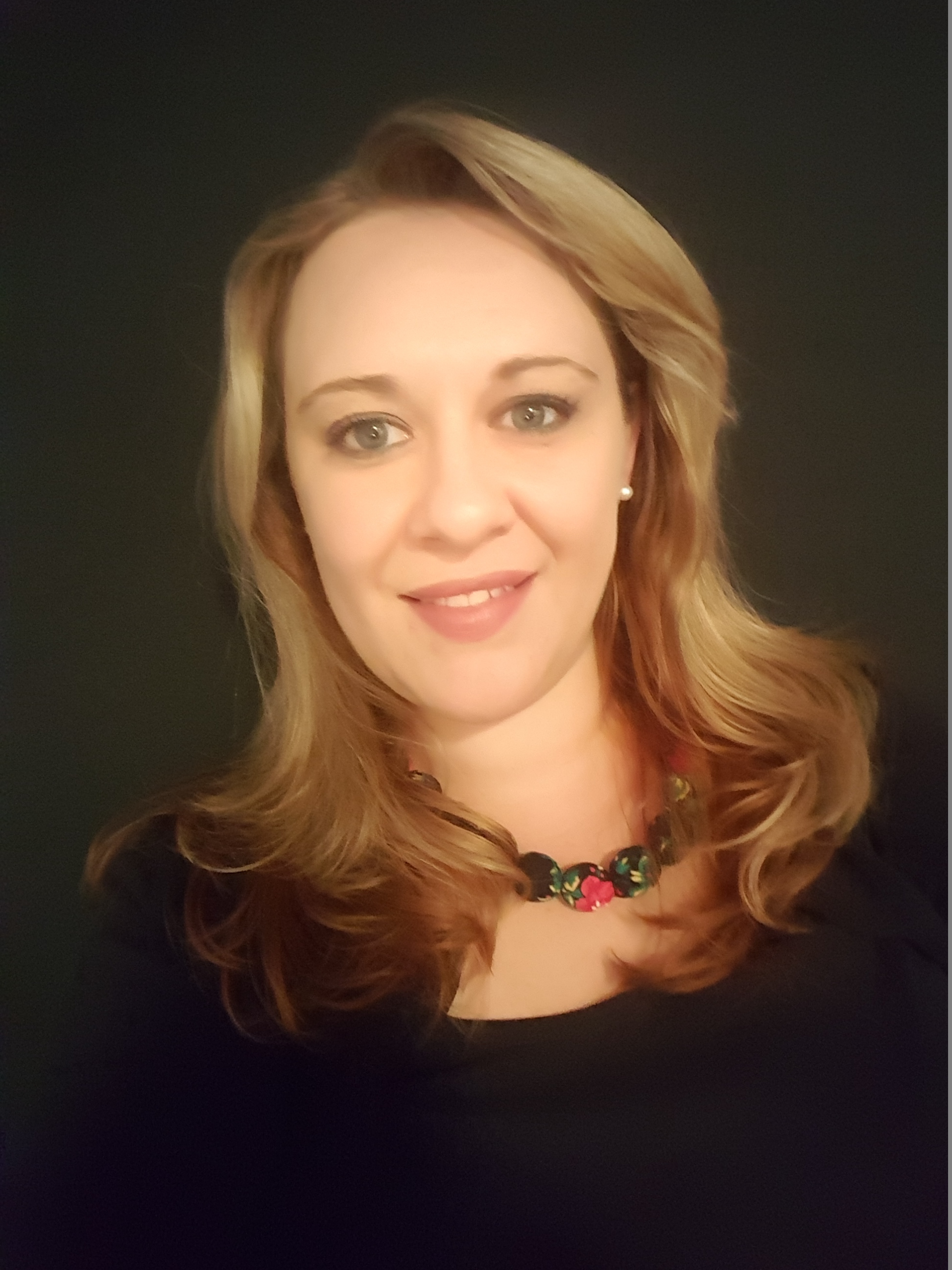
Origin stories
''At the time, nobody had money to pay for teleconference calls across Canada...''
Raeann: I got involved back when I was a student, I was volunteering with Elizabeth Podnieks. My work revolved around working with seniors, but I hadn't really quite got into elder abuse prevention professionally. It’s when I moved out to Manitoba, 19 years ago, that I got more involved and joined CNPEA as a member and then got on the board. I was on the board for quite some time and then Pat joined.
Pat: It was around 2009. I started with the Seniors Protection Partnership team in Edmonton around that time, and I really wanted to get involved as a community worker not just locally, but on a provincial and a national basis. So I joined the Alberta Elder Abuse Awareness Network and then the Canadian Network thereafter. I wanted to be on top of what was happening across the country, that was my starting point with the Network, and that was around the time when we started talking about this national project of developing the Hub.
Raeann: There had been several applications that were not funded at the time. When the New Horizons call came out, we worked together with Charmaine Spencer, who did a great deal of the work around that application. That funding came through and that’s when we started on that project. It all seems so long ago! Before that, meetings were more about connecting around provincial work, simply information-sharing. That’s how we all came together. It was difficult to find funding to pay for the teleconference calls, so we didn't meet regularly, only every other month or even quarterly, whenever we could, because at the time nobody had money to pay for teleconference calls across Canada. Elizabeth Podnieks was able to secure some funds from government partners to pay for a few of those calls. These calls kept people connected across the country and kept the momentum going. If we hadn't had that, I don't think we'd still be where we are in that networking capacity.
Pat: When I think about the conversations we had, they were very good for the people that were on the line, but I was really looking at a broader goal than that. I wanted to reach all those people that were service providers across the country. I was thinking of the professionals in the field and how they were connected -or not, really- and thinking that's who the Hub should be for, to try to get all these other people connected across the country. The goal was that anyone, anywhere, across the country should be able to find information. I was on the Hub today, I hadn't been on a while. It just amazes me what I can access now, whether it be webinars, government strategies across Canada etc. If I'm thinking about developing a community project, I can now go and find that information, find out if anything like that has been done, or talk to somebody to help me get something started here and Alberta. It's just been amazing to see what's there now, in comparison to what it was.
The three Cs
''We wanted something that was dynamic, and not just a collection of 20-page articles.''
Raeann: I agree. One of the things that ESDC's grant made possible was that connection to collaborative partners across country. We did stakeholders consultation about the Hub, asking people what they wanted, what they needed. This was so valuable because we maintained these connections through the project and long after it was over.
Pat I remember holding local meetings with the Alberta Elder Abuse Awareness Network to talk about what we were trying to do, how that was going to be important, that we were developing something that was going to be relevant to people in their own areas and bring their work forward at the national level. Our work was based around the Three Cs:
- Communication: opening up communication lines across the country
- Connections: connecting professionals to others’ work
- Coordination of information across the country
These kept us on task. Websites can be very dry, we wanted something that was dynamic, and not just a collection of 20-page articles. It seemed daunting but I think we did create something that wasn’t there before.
Keeping things going: realities and challenges
"It's a conversation that people shy away from. People don’t necessarily want to think about or talk about elder abuse."
Kathy: It’s interesting because my focus wasn't Elder Abuse Prevention, though in my nursing career I encountered people who were dealing with it in one capacity or another. CNPEA wasn't really on my radar until I started working as an educator and I found the Hub. It was absolutely amazing to have all of these resources in one place, being able to tap into videos and reports and other documents that could supplement my knowledge and help me share it with other people. I discovered it in 2016. The Hub was around for maybe a year and I was absolutely fascinated that a resource like this existed. I was used to doing a lot of Googling to track down information so it was amazing to have something so centralized and with so many resources pulled together.
Pat: It's good to hear that what we created actually serves its purpose and I do hope that more and more people in communities across Canada find out about it and get the use and value out of it that we intended.
Raeann: Keeping a consistent approach and maintaining the hub, putting on webinars and monthly newsletters, doing outreach, in both languages, can be a challenge. We were fortunate in having Coordinator (now Executive Director) Benedicte Schoepflin to oversee it all and keep us connected and consistent, to help stick to the three Cs. It made a huge difference in the growth of the organization. We never had that in the early days and it made all the difference to help connect the different jurisdictions, across projects and time zones.
Kathy: I love being able to introduce different people to CNPEA and sharing it with a larger community, allowing people to learn more and making knowledge-sharing as efficient as possible. That’s why securing funding is so important, I don't know how we can continue to function at the level that we have been without Benedicte at the helm. But beyond funding, the question I have for you is: going forward, what do you see as the biggest challenges for the work of elder abuse prevention?
Pat: I was thinking about what CNPEA has accomplished beyond the Hub. Take the It's Not Right Neighbors, Friends and Families program. During the initial work, Margaret McPherson came to us and CNPEA connected her with so much expertise across Canada. This was crucial to the development and the maintaining of that initiative, that movement. CNPEA is about the online Hub, but it's also about that network of people across Canada that have worked together to support that kind of project. The challenge lies in being able to maintain the energy and momentum for those strategies and initiatives in communities. It is ongoing work and it comes down to getting as many passionate and knowledgeable people as possible, and to funding, again. In addition, when it comes to elder abuse, the ageism factor is huge. Elder abuse does not get talked about as much as other social issues and it certainly doesn't get the same kind of attention that other social issues do, so that's certainly something that we have to keep working at.
Kathy: It's a conversation that people shy away from. People don’t necessarily want to think about or talk about elder abuse but it’s important for us to keep that conversation going and make sure that it doesn't get forgotten, that we bring it and keep it to the forefront of people's minds.
Raeann: I think the issue of elder abuse is coming to light more often and in different ways. Just today, I saw several articles about older adults, mental health, and access to the justice system for vulnerable people.There’s also so much interest in the financial sector right now. So there are different businesses, organizations and community partners who want to learn about elder abuse prevention, connect with others and get education and training. The Hub plays a good role in that. To me, the challenge is on the front lines: who's doing the response? Every province is different when it comes to who takes the lead and what happens. Alberta is different than Ontario, or BC and that is a challenge.
Pat: One thing I want to say, on a personal level, is that my involvement with CNPEA gave me the opportunity to meet so many great folks, it really helped me understand what's going on in other parts of the country and helped me build great relationships across country that I would not have had otherwise, and that has been invaluable. If I had a wish list for CNPEA, I’d say enough funding for CNPEA stakeholders to get together once a year to deepen and expand those bonds.
Kathy: Agreed!
Raeann: I second that! When something comes up, knowing who the people are that we can count on for information and support for individuals is tremendous. That relationship-building is priceless and makes us more efficient in our work. Being able to engage in meaningful conversations and planning, it really makes a difference.





